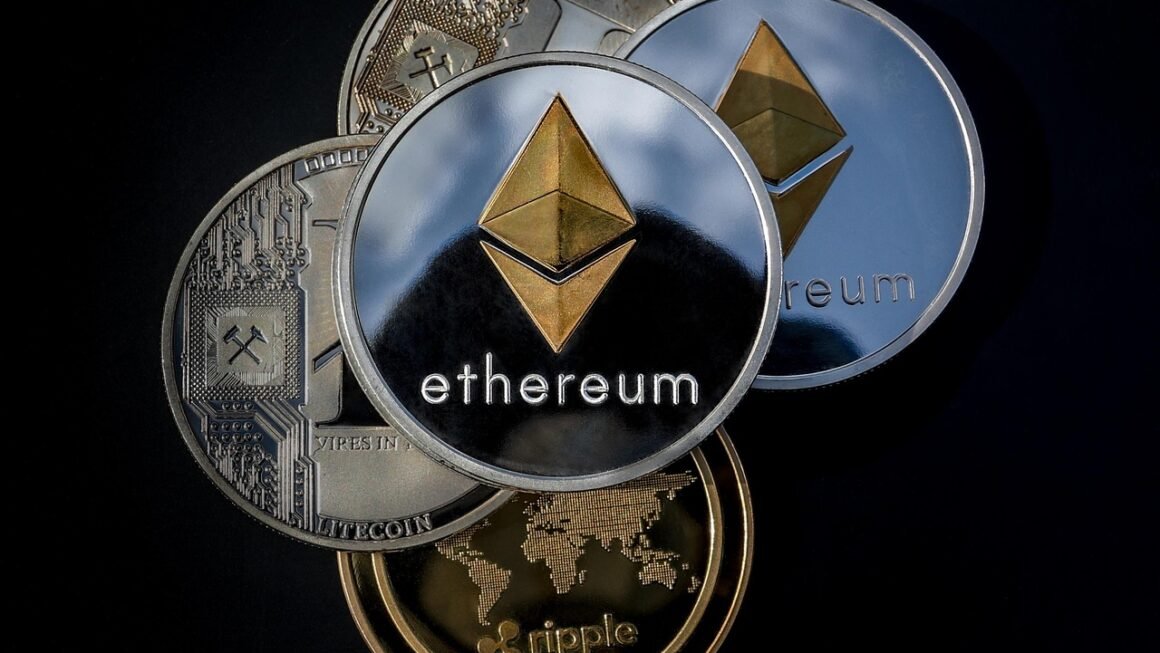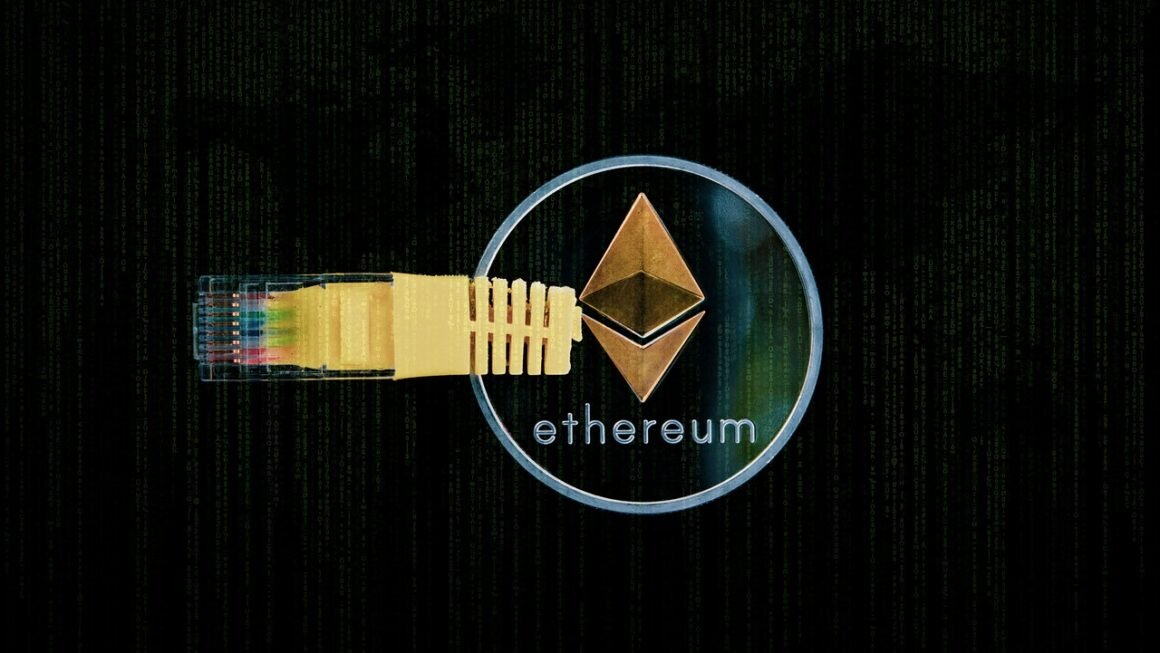Imagine stepping beyond the screen and into a persistent, shared digital world – a place where you can interact with others, work, play games, create, and even own virtual land. That’s the promise of the metaverse, a concept rapidly evolving from science fiction into a tangible, albeit still developing, reality. But what exactly is the metaverse, and how will it impact our lives? This comprehensive guide explores the metaverse, its components, applications, and potential future.
Understanding the Metaverse
Defining the Metaverse
The metaverse isn’t just one thing; it’s a convergence of technologies creating persistent, immersive digital environments. Think of it as the next evolution of the internet, shifting from a passive experience to an active, participatory one. Key characteristics of the metaverse include:
- Persistence: The metaverse exists continuously, even when you’re not actively participating.
- Interactivity: Users can interact with each other and the environment in real-time.
- Immersion: Technologies like VR and AR enhance the sense of presence within the digital world.
- Decentralization: Many metaverse platforms are built on blockchain technology, offering decentralized ownership and governance.
- Virtual Economies: Users can buy, sell, and trade digital assets within the metaverse.
Key Technologies Powering the Metaverse
Several technologies are essential for building and enabling the metaverse:
- Virtual Reality (VR): VR headsets provide immersive visual and auditory experiences, transporting users into virtual environments. For example, Meta’s Quest headsets allow users to explore virtual worlds like Horizon Worlds.
- Augmented Reality (AR): AR overlays digital information onto the real world, enhancing the user’s perception of their surroundings. Pokémon Go, for instance, uses AR to overlay virtual creatures onto the real world.
- Blockchain Technology: Blockchain enables secure and transparent ownership of digital assets, such as virtual land and NFTs. Platforms like Decentraland and The Sandbox utilize blockchain.
- Artificial Intelligence (AI): AI powers various aspects of the metaverse, including creating realistic avatars, generating content, and personalizing user experiences.
- 3D Modeling and Rendering: Creating realistic and engaging virtual environments requires sophisticated 3D modeling and rendering techniques.
The Metaverse vs. the Internet
While often compared, the metaverse and the internet are distinct. The internet is a network of interconnected websites and services accessed through browsers. The metaverse aims to create a persistent, immersive, and interactive digital world that users can experience through various devices, including VR headsets, AR glasses, and computers. Think of the internet as the highway and the metaverse as the destinations you can drive to.
Applications of the Metaverse
Gaming and Entertainment
The metaverse is revolutionizing the gaming and entertainment industries.
- Immersive Gaming Experiences: Games like Fortnite and Roblox are evolving into metaverse platforms where users can participate in live events, create their own games, and interact with others.
- Virtual Concerts and Events: Artists are hosting virtual concerts and events in the metaverse, offering fans unique and engaging experiences. For example, Ariana Grande held a virtual concert in Fortnite that attracted millions of viewers.
- Interactive Storytelling: The metaverse allows for interactive storytelling experiences where users can influence the narrative and interact with characters in real-time.
Business and Commerce
The metaverse presents new opportunities for businesses to connect with customers and create innovative products and services.
- Virtual Stores and Showrooms: Companies are creating virtual stores in the metaverse to showcase their products and allow customers to interact with them in a 3D environment. Nike’s Nikeland in Roblox is a great example.
- Virtual Meetings and Collaboration: The metaverse enables remote teams to collaborate in immersive virtual environments, enhancing communication and productivity. Platforms like Microsoft Mesh are designed for this purpose.
- Digital Real Estate: Buying and selling virtual land in the metaverse is becoming increasingly popular, with companies and individuals investing in virtual properties for various purposes, such as building virtual stores or hosting events.
- Training and Simulation: Companies are using the metaverse for training and simulation purposes, allowing employees to practice complex tasks in a safe and controlled environment. For instance, surgeons can practice operations in a virtual environment.
Education and Training
The metaverse has the potential to transform education and training by providing immersive and interactive learning experiences.
- Virtual Field Trips: Students can take virtual field trips to historical sites or remote locations, enhancing their understanding of different cultures and environments.
- Interactive Learning Simulations: The metaverse allows for interactive learning simulations where students can experiment with scientific concepts or practice real-world skills in a virtual environment. Medical students can practice surgery, engineers can simulate structural integrity tests, and more.
- Personalized Learning: AI-powered metaverse platforms can personalize learning experiences based on individual student needs and learning styles.
Social Interaction and Community Building
The metaverse enables users to connect with others and build communities around shared interests and hobbies.
- Virtual Social Spaces: Platforms like VRChat and Horizon Worlds provide virtual social spaces where users can interact with others, attend events, and participate in activities.
- Avatar Customization: Users can create and customize avatars to represent themselves in the metaverse, expressing their individuality and connecting with others based on shared identities.
- Virtual Events and Gatherings: The metaverse hosts virtual events and gatherings, such as conferences, meetups, and parties, allowing users to connect with others from around the world.
Challenges and Considerations
Technical Limitations
Despite its potential, the metaverse faces several technical challenges:
- Bandwidth and Latency: High bandwidth and low latency are essential for seamless metaverse experiences.
- Hardware Requirements: VR and AR devices can be expensive and require significant computing power.
- Interoperability: Creating a truly interconnected metaverse requires interoperability between different platforms and technologies.
Privacy and Security Concerns
Privacy and security are critical concerns in the metaverse:
- Data Collection and Usage: The metaverse could collect vast amounts of personal data, raising concerns about privacy and surveillance.
- Identity Theft and Fraud: Virtual identities are vulnerable to theft and impersonation, potentially leading to fraud and other crimes.
- Content Moderation: Moderating content in the metaverse is challenging due to the sheer volume of user-generated content and the potential for harmful or offensive material.
Ethical Considerations
The metaverse raises several ethical questions:
- Accessibility and Inclusion: Ensuring that the metaverse is accessible to everyone, regardless of their physical abilities, economic status, or geographic location.
- Digital Divide: Addressing the digital divide to ensure that everyone has access to the technology and resources needed to participate in the metaverse.
- Mental Health and Well-being: Understanding the potential impact of the metaverse on mental health and well-being, such as addiction, social isolation, and body image issues.
The Future of the Metaverse
Predictions and Trends
- Increased Adoption: As technology improves and becomes more affordable, we can expect to see increased adoption of the metaverse across various industries and sectors.
- Enhanced Interoperability: Efforts to create open standards and protocols will lead to greater interoperability between different metaverse platforms.
- Integration with Real-World Applications: The metaverse will become increasingly integrated with real-world applications, such as e-commerce, education, and healthcare.
The Metaverse and Web3
The metaverse is closely linked to Web3, the next iteration of the internet characterized by decentralization, blockchain technology, and user ownership.
- Decentralized Ownership: Web3 technologies enable users to own their data and digital assets in the metaverse.
- Tokenization: Tokenization allows for the creation and trading of digital assets, such as virtual land, avatars, and in-game items.
- Decentralized Governance: Decentralized autonomous organizations (DAOs) are being used to govern metaverse platforms, giving users a say in the direction and development of the virtual world.
Conclusion
The metaverse represents a significant shift in how we interact with technology and with each other. While still in its early stages, the metaverse has the potential to transform various industries, from gaming and entertainment to business and education. However, it’s crucial to address the technical, ethical, and societal challenges associated with the metaverse to ensure that it benefits everyone. As the metaverse continues to evolve, it will be essential to foster collaboration, innovation, and responsible development to create a truly inclusive and empowering virtual world. The future is undoubtedly going to be more digital, interactive and, to a great extent, spent within the Metaverse.



